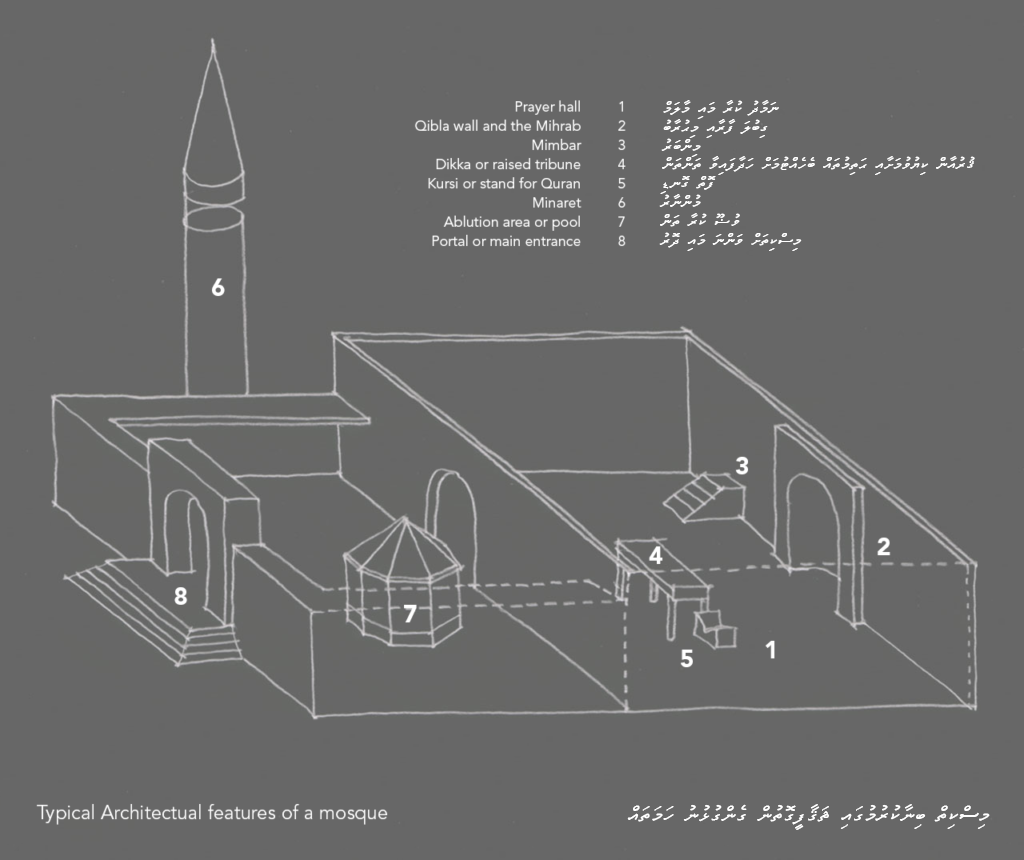Art History: Early Islamic Architecture and the Umayyad Dynasty, Carolingian Empire: another "New Rome", Romanesque Architecture, Medival Ethiopia (copy)
1/16
There's no tags or description
Looks like no tags are added yet.
Name | Mastery | Learn | Test | Matching | Spaced |
|---|
No study sessions yet.
17 Terms
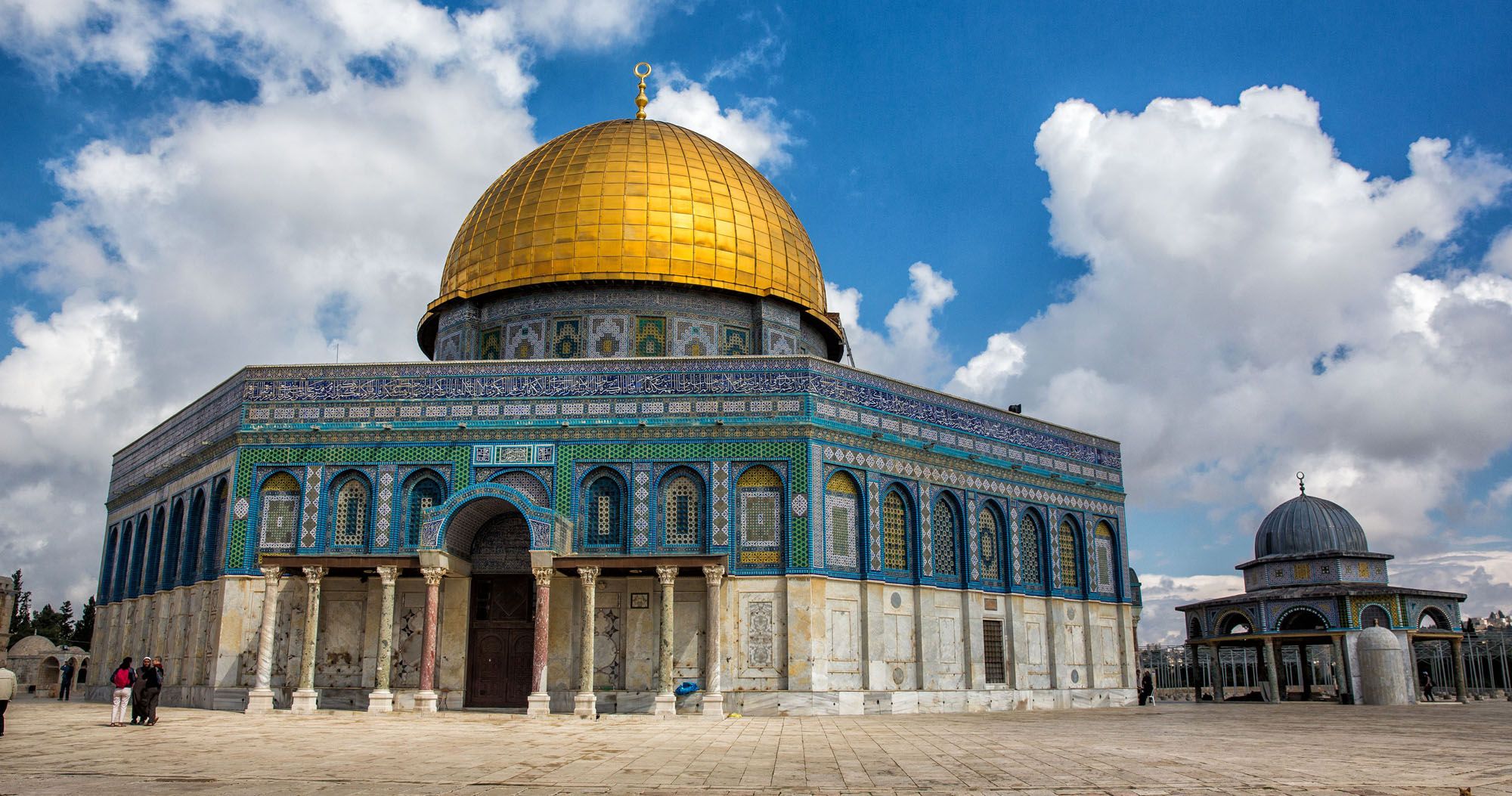
Dome of the Rock, c.690, Jerusalem, present-day Israel, interior decoration includes marble, mosaics gold

Great Mosque of Damascus, c.715, Damascus, present-day Syria, stoneconstruction decorated with marble revetment and mosaics, columns reused from the earlier Christian Church on the site
Foundation Stone
The Foundation Stone or the Noble Rock is the rock at the center of the Dome of the Rock in Jerusalem, a stone in the foundation of a building
Umayyad Caliphate
capital at Damascus, overthrown by Abbasid Caliphate in 750 continues in Spain, coexisted with christians, Jews, and others in conquered areas required corvée system
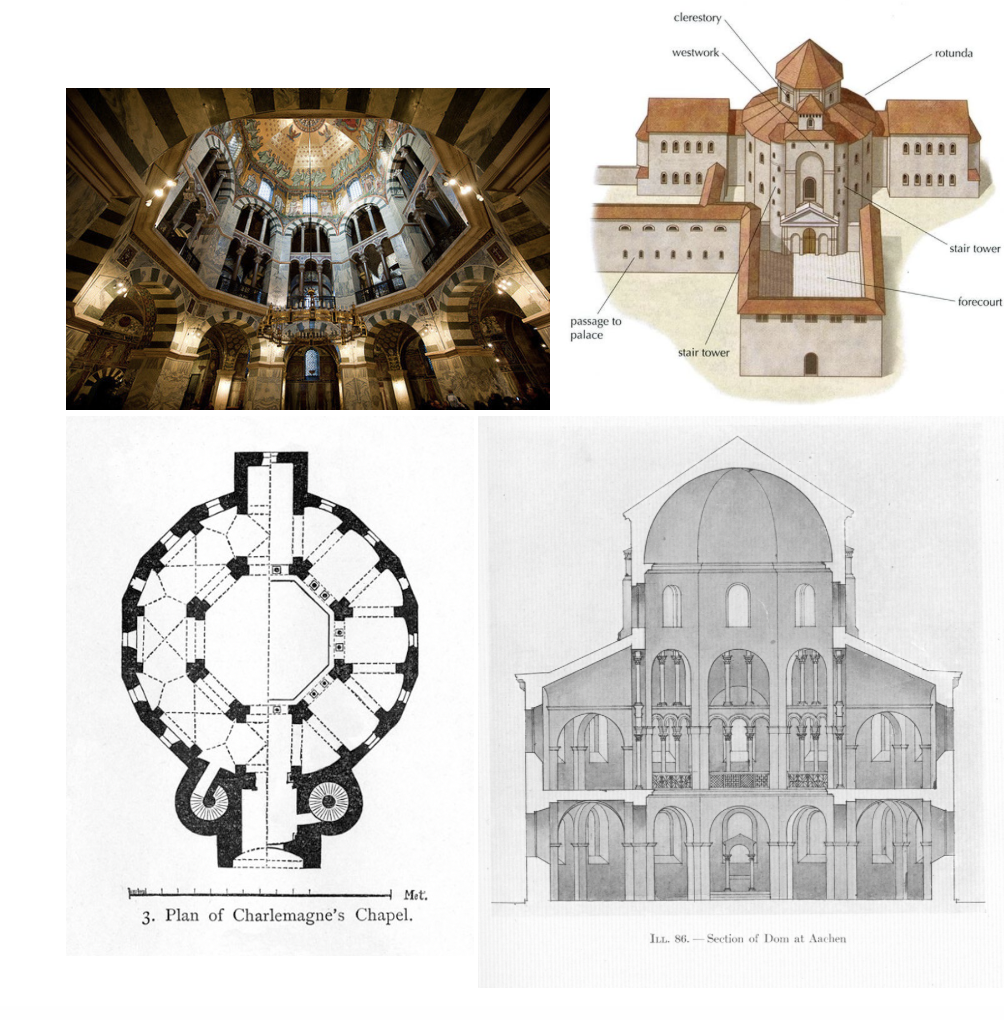
Charlemagne’s Palace Chapel, c. 800, Aachen present-day Germany, materials: marble, mosaic, brass
Charlemagne
r. 768-814, King of the Franks from 768, King of the Lombards from 774, and Emperor of the Carolingian Empire from 800, Charlemagne succeeded in uniting the majority of Western Central Europe, and was the first recognized emperor to rule in the west
Odo of Metz
fl.(flourished-active in field) 790-810, an architect of Armenian origin who lived during Charlemagne's reign in the Carolingian Empire. He is the earliest known architect born north of the Alps
Renovatio Romani imperii
"renewal of the empire of the Romans") was a formula declaring an intention to restore or revive the Roman Empire.

Abbey of St Gilles de Gard, west façade, c 1150, st-gilles, present-day france, limestone and white marble
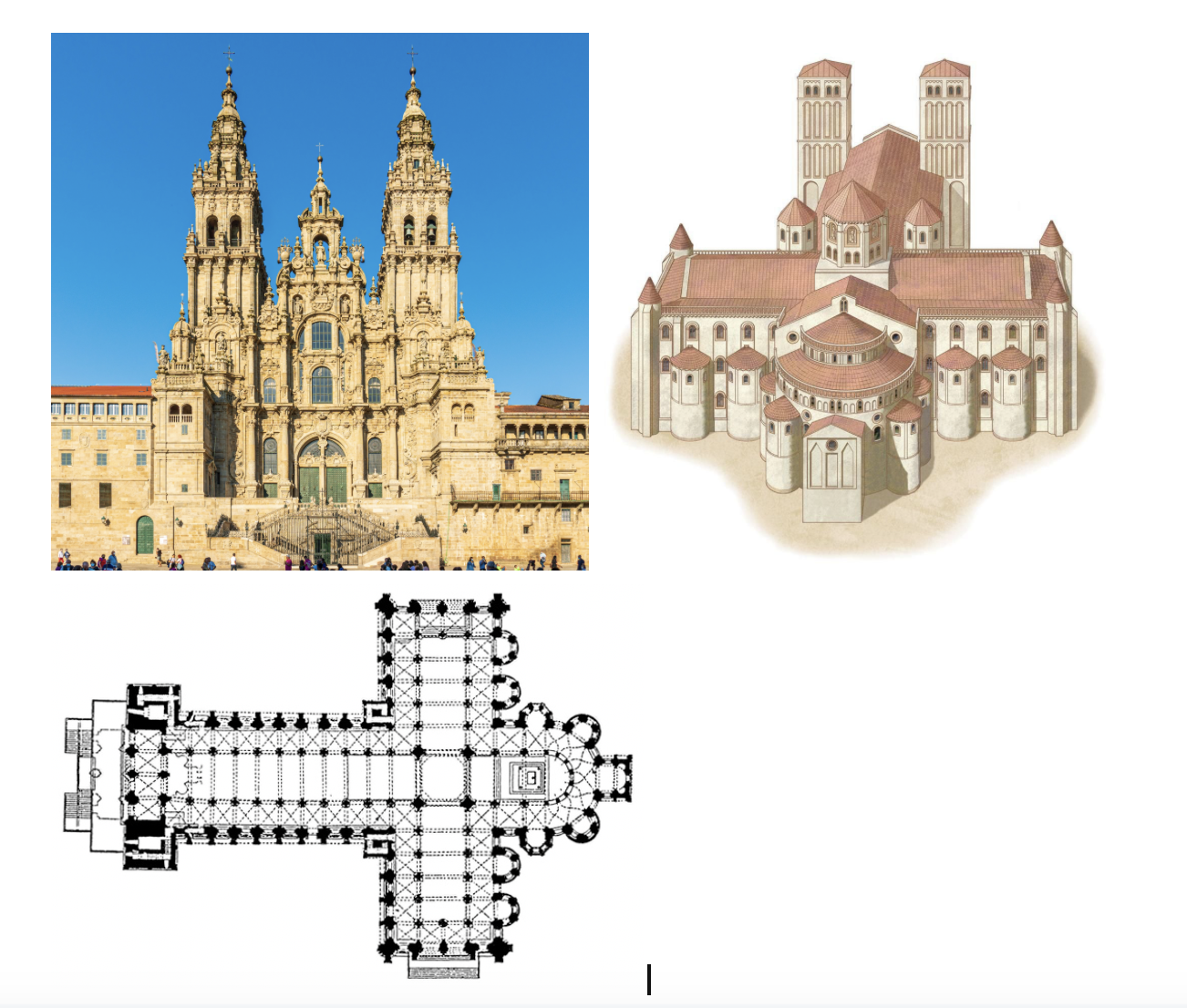
Cathedral of Santiago de Compostela, 12th century (1078-1188), Compostela, present-day Spain, granite

Tympanum at the Abbey of Ste Foy, c. 1100, Conques, present-day France, Limestone and traces of paint
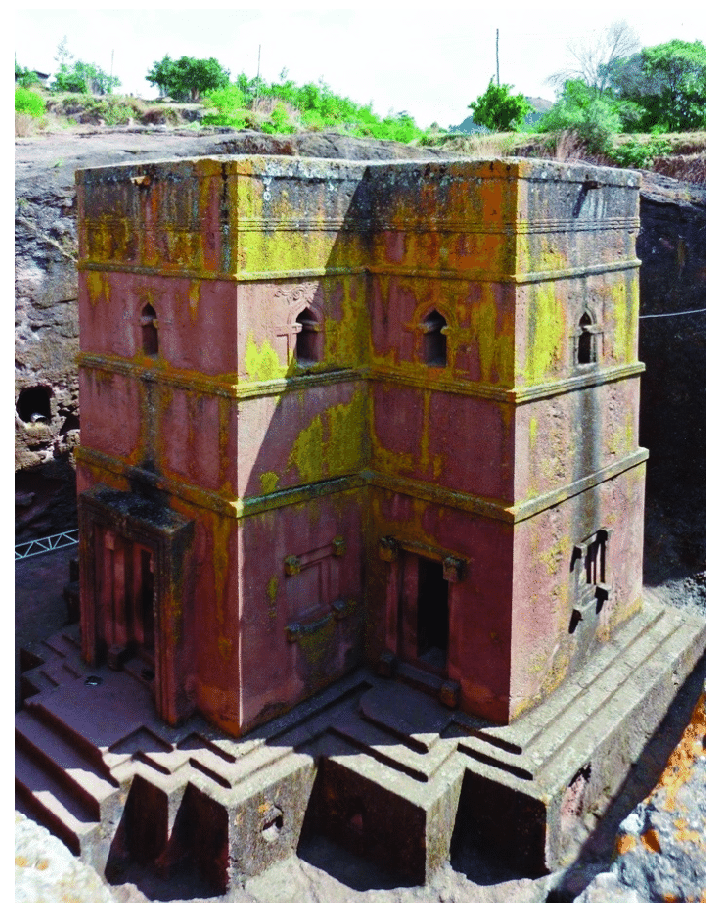
Bete Gyorgis (church of St George), 12th or 13th century, Lalibela, present-day Ethiopia, carved from the “living rock”
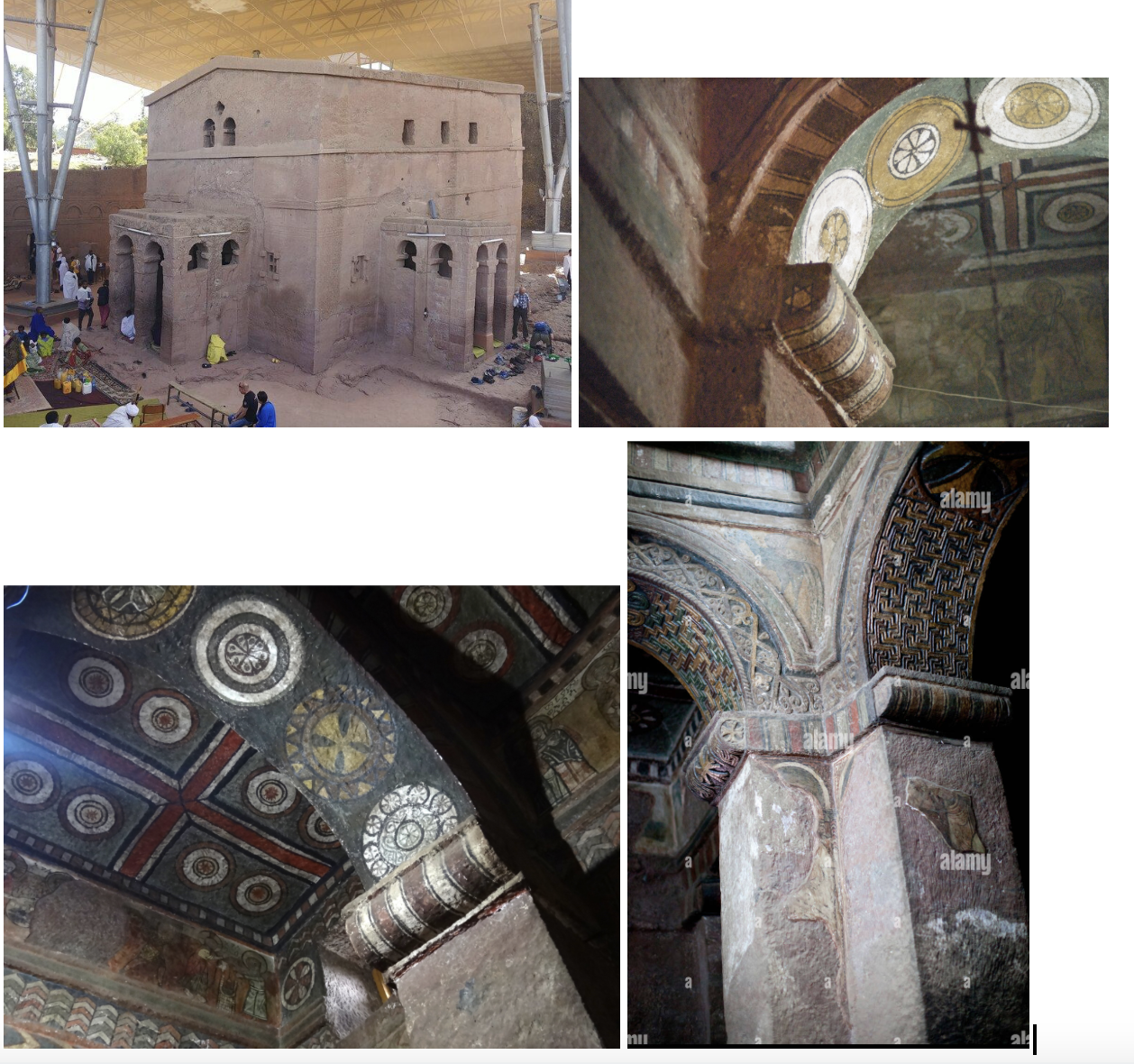
Bete Maryam (church of St Mary), 12th or 13th century, Lalibela, present-day Ethiopia, carved from the “living rock” and painted
Gebre Mesqel Lalibela
r. 1181-1221, a king of the Zagwe dynasty, developed city Lalibela, venerated as a saint by the Orthodox Tewwahedo Churches, credited with creation of rock-hewn chuches (supposedly modeled them after Jerusalem)
Zagwe Dynasty
c. 1140-1270, capital lalibela, developed and named for King Gerbre Mesqel Lalibela (venerated saint)
Minaret, Minbar, Mihrab, Qibla Wall, courtyard, prayer room
Minaret, Minbar, Mihrab, Qibla Wall, courtyard, prayer room
